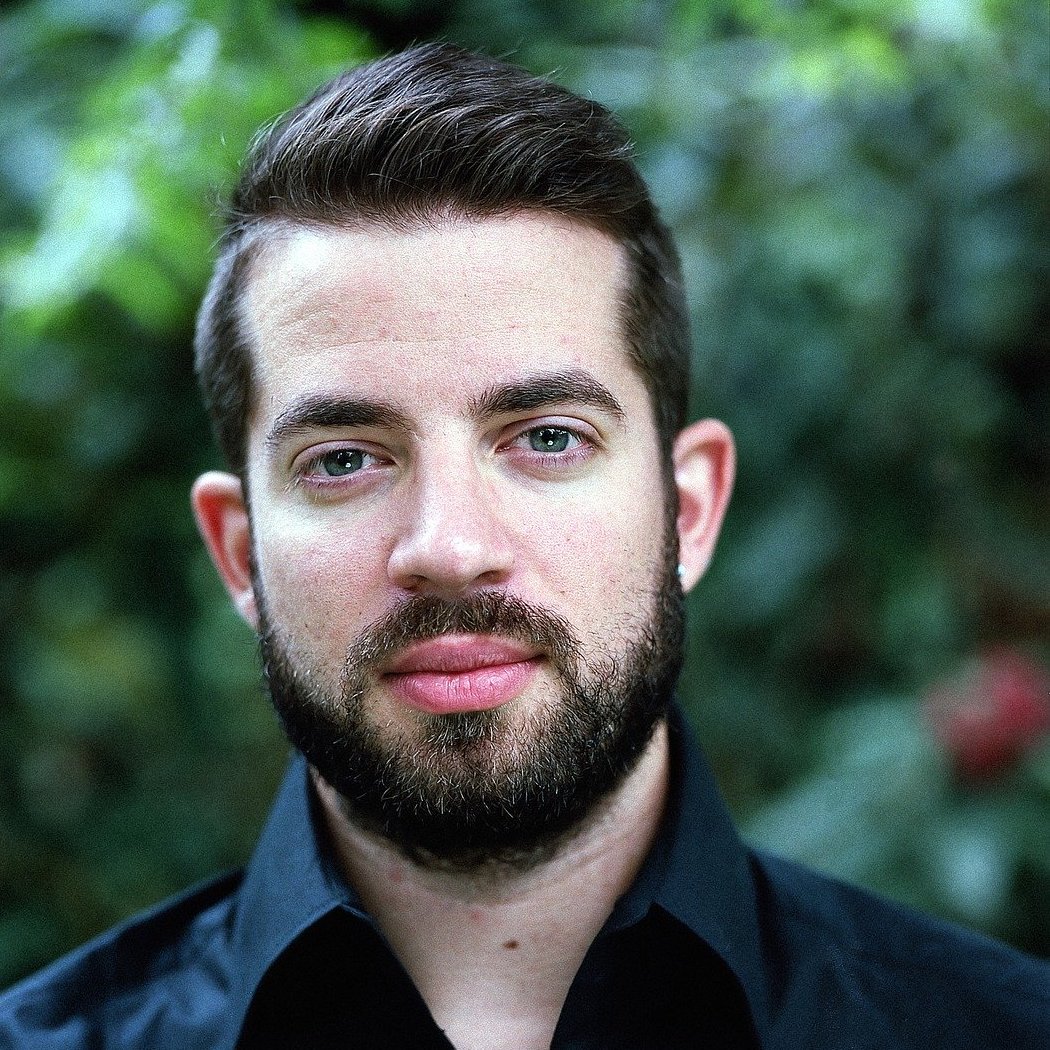Wollstonecraft
An Author Profile

By Matt McKeown
Wollstonecraft represented the first glimmer of female equality before the law.
❧ Full name and titles: Mary Wollstonecraft [mê-rē wõł-støn-krăft; see our pronunciation guide for details]
❧ Dates: 27 Apr. 1759-10 Sept. 1797
❧ Areas active: United Kingdom of Great Britain and Ireland; French First Republic; Norway; Denmark
❧ Original language of writing: Modern English
❧ Exemplary or important works: Thoughts on the Education of Daughters; A Vindication of the Rights of Men; A Vindication of the Rights of Woman; An Historical and Moral View of the French Revolution
From humble beginnings in the late Georgian era of England, Mary Wollstonecraft became one of the most influential women in European history. A political theorist and historian, Wollstonecraft was arguably the mother of feminism, as well as being literally the mother of Mary Shelley. (They form the only parent-child pair on our author bank—which is perhaps the more striking in that the two never knew each other; Wollstonecraft tragically died of sepsis at 38, less than two weeks after bearing her daughter.)
After helping to raise her five younger siblings, she began her intellectual career as a teacher. She opened a school in London in partnership with her longtime friend Frances Blood, and briefly took a job as a private governess a few years later. Frustrated by the constraints placed upon women in eighteenth-century England, she struck out as an author and translator. She found an ally in Joseph Johnson, a publisher and political liberal, through whom she met such prominent figures as the philosopher William Godwin (whom she later married), the American writer and Founding Father Thomas Paine, and the Swiss painter Henry Fuseli.
Wollstonecraft took a keen interest in the early period of the French Revolution. After Edmund Burke’s famous critique of the revolution and defense of aristocracy, she penned a response, A Vindication of the Rights of Men, which rapidly placed her in the public eye. Where Burke had spoken in derisive terms of the peasant women who marched the French royal family from Versailles back to Paris, calling them “furies from hell, in the abused shape of the vilest of women,” Wollstonecraft replied drily, “Probably you mean women who gained a livelihood by selling vegetables or fish, who never had any advantages of education.” In 1792, she actually moved to France herself, where she spent the next few years rubbing shoulders with the moderate Girondins, as well as fellow revolutionary sympathizers from Great Britain and the newly-formed United States.
It is justice, not charity, that is wanting in the world.
Mary Wollstonecraft, A Vindication of the Rights of Woman
It was around this time that she authored her most celebrated work, A Vindication of the Rights of Woman. Women, she argued, were of equal dignity with men and accordingly ought to be afforded the same rights by civil society. She focused particularly on the education of women; Wollstonecraft had been disappointed by Charles Talleyrand’s recommendation to the French revolutionary government that girls and women should receive only a domestic education and “not aspire to advantages which the Constitution denies them”. Building on earlier works of her own, such as Thoughts on the Education of Daughters, she countered that women are perfectly capable of rational thought, and that to introduce artificial distinctions between women and men by depriving the former of education was a sin against God. She also came down on double standards with regard to marriage and sexuality, which tended to punish women for everything from adultery to immodesty while tolerating the offenses of men in the same realm. The term feminism was not coined for another century, but Wollstonecraft’s work was of seminal importance to the subsequent feminist movement, most notably to nineteenth-century women’s suffragists like Susan B. Anthony, Elizabeth Cady Stanton, and Frederick Douglass.
Her next few years were unhappy, partly for political reasons. The extremist Jacobin party instituted the Reign of Terror in 1793, and Wollstonecraft (like all foreigners in France) was legally barred from emigrating. She was horrified by the Jacobin government and disappointed with what she considered slavish conduct on the part of the populace; the very things she had hoped for from a republic had not come. After the Jacobins fell from power the next year, she wrote An Historical and Moral View of the French Revolution, a meticulously documented work that defended the republican principles of its early days while condemning the bloodshed and tyranny of the Terror.
In 1795, Wollstonecraft finally returned to England. After a long courtship, she and Godwin married in 1797; though their life together was brief, they were by all accounts very happy together, and stood at the head of a political and literary dynasty that embraced their daughter Mary, her husband Percy Bysshe Shelley, and Godwin’s stepson Lord Byron. The Romantic movement, in both politics and literature, thus began.
__________________________________________________________________________________
Every week, we publish a profile of one of the figures from the CLT author bank. For an introduction to classic authors, see our guest post from Keith Nix, founder of the Veritas School in Richmond, VA.
If you liked this essay, take a look at some of our others here at the Journal, like this author profile of St. Anselm of Canterbury, this piece on the concept of oligarchy, this one about educational lessons from the Odyssey, or this student essay on Solzhenitsyn’s novel Cancer Ward.